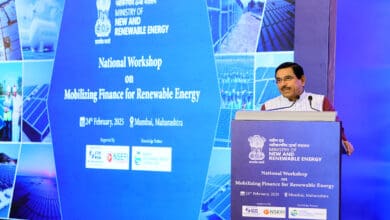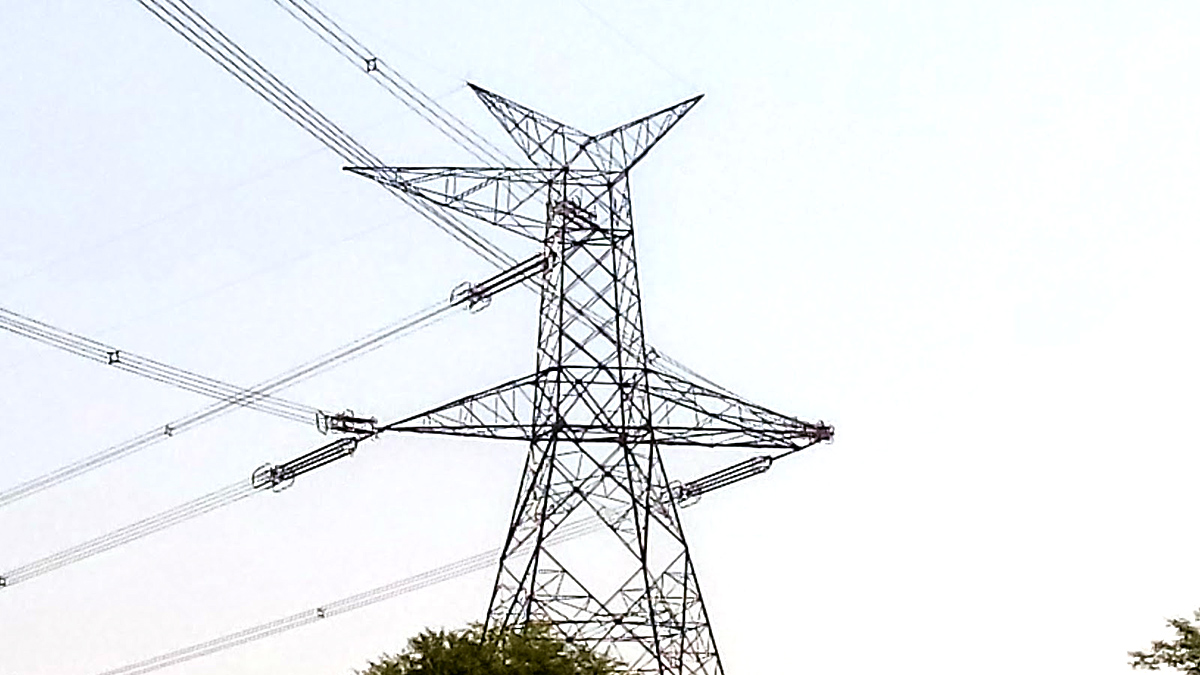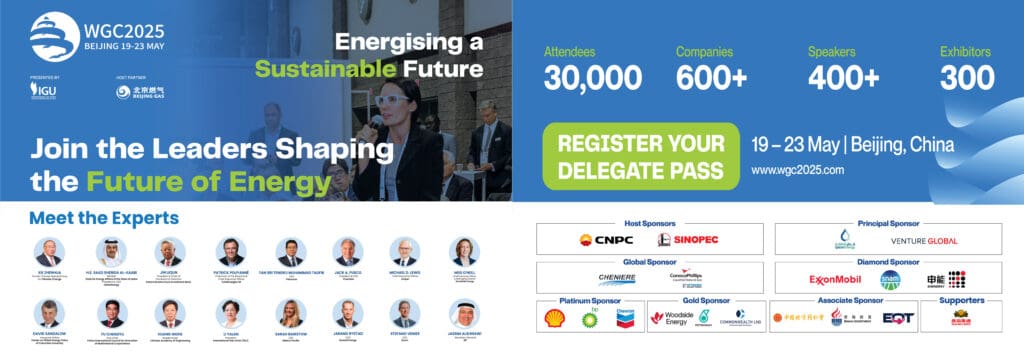As the Make in India initiative marks its 10th anniversary, it has proven to be a cornerstone in transforming India’s manufacturing landscape. With a focus on promoting investment, fostering innovation, and building world-class infrastructure, Make in India has propelled India into becoming a global hub for renewable energy equipment manufacturing. India is now poised to meet both domestic demand and serve international markets, positioning itself as a key player in renewable energy manufacturing.
Underlining this achievement, India’s solar photovoltaic (PV) module manufacturing capacity has surged from 2.3 GW in 2014 to an impressive 67 GW in 2024, driven by the Government’s policies and initiatives. Union Minister for New and Renewable Energy, Pralhad Joshi, lauded the country’s progress on the renewable energy front, stating on X, “India’s renewable energy sector has contributed immensely to the #10YearsOfMakeInIndia. From PLI to VGF, we are extending all possible support to our domestic industries. We are committed to establishing India as a major global player in the complete value chain of clean energy solutions.”
The Government has implemented various measures to promote domestic manufacturing in the renewable energy sector, spanning solar PV modules, wind turbines, and equipment for green hydrogen production. These efforts aim to build self-reliance (Atmanirbhar Bharat) in renewable energy equipment and reduce dependence on imports.
One of the key initiatives, the Production Linked Incentive (PLI) scheme, provides financial support for setting up fully or partially integrated manufacturing units for solar PV modules and upstream components like wafers and polysilicon. This scheme is bolstered by other financial incentives such as Viability Gap Funding (VGF) for large-scale Battery Energy Storage Systems (BESS) and green hydrogen production under the National Green Hydrogen Mission.
The fiscal measures taken include concessional customs duties on inputs required for domestic manufacturing, and waivers on import duties for capital goods essential for solar PV production. Additionally, basic customs duties have been imposed on imports of solar PV modules, cells, and inverters to protect and support domestic industries.
Key policy initiatives such as the Domestic Content Requirement (DCR) in schemes like PM Surya Ghar: Muft Bijli Yojana and PM-KUSUM have further boosted local manufacturing by providing subsidies linked to domestic production. The Government has also introduced Quality Control Orders for solar equipment and has developed approved lists of manufacturers and models for solar and wind technologies, ensuring high standards.
Solar PV manufacturing remains at the forefront of the Government’s renewable energy agenda. With a ₹24,000 crore outlay for the PLI Scheme for High-Efficiency Solar PV Modules, and additional policies such as the imposition of customs duties, the sector has witnessed rapid growth.
From a modest 2.3 GW in 2014, India’s solar PV module manufacturing capacity has skyrocketed to 67 GW in 2024. In the last 3.5 years alone, solar PV capacity increased from 8 GW to 67 GW annually. This progress has allowed India to meet domestic demand while establishing itself as a competitive exporter in the global market.
The Government’s ambition to make India self-reliant in solar PV manufacturing is further supported by over 48 GW of integrated solar PV manufacturing projects under implementation. These projects, facilitated by the solar PLI scheme, are expected to attract ₹1.1 lakh crores in investment and create employment opportunities for 45,000 people.
As the solar PLI scheme brings advanced technology to India, the country is on track to achieve 100 GW of solar module production capacity per year by 2026. This development will not only satisfy domestic demand but also generate foreign exchange through exports, making India a leader in the renewable energy equipment sector.
With the momentum of Make in India, the renewable energy manufacturing sector is positioned for continued growth. Through consistent financial support, innovative policies, and strong governmental backing, India is set to lead the global shift toward sustainable energy. The solar PV manufacturing boom is just the beginning, as India emerges as a key player in the clean energy transition, fuelling both domestic and global energy needs with cutting-edge renewable technologies.














